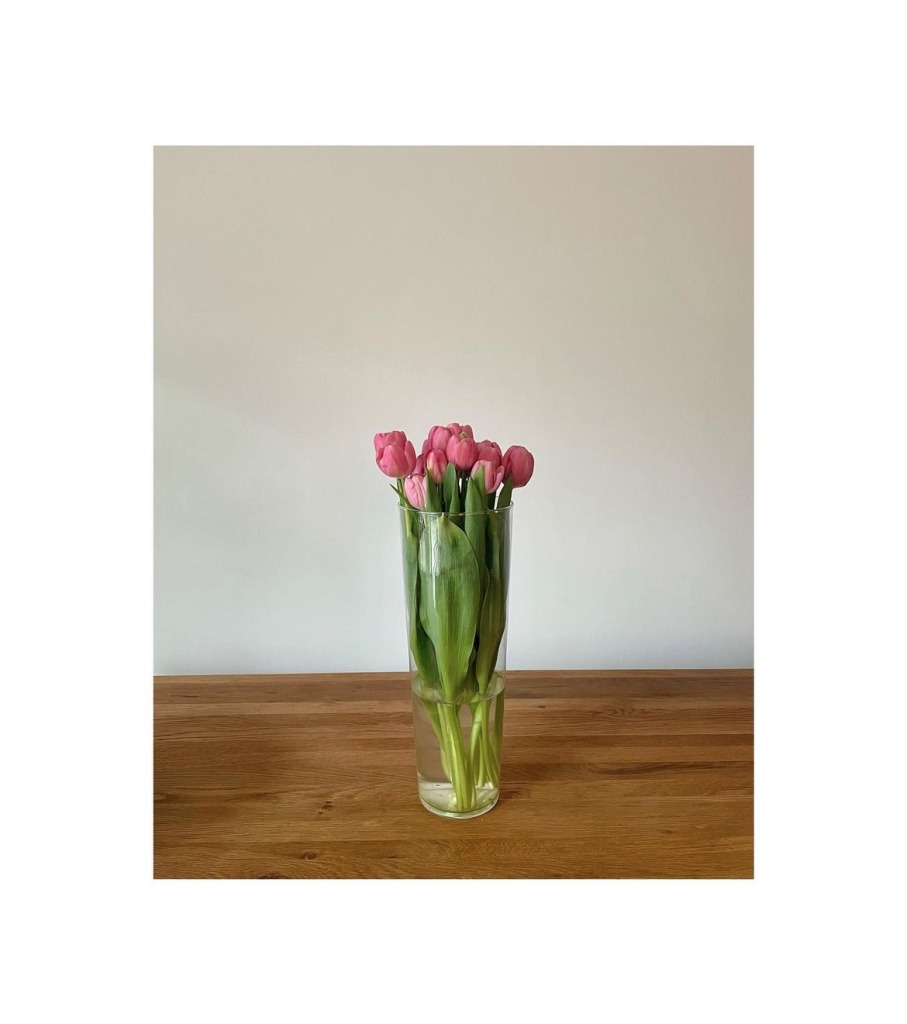
The creation of something new is not accomplished by the intellect but by the play instinct.
—
Carl Jung
Vilhauer, M. (2010) Understanding art – the play of work and spectator
This article and these observations focus on Gedamer’s concept of play, in as much as arguing that art is not a thing in and of itself but a communication and a meaning making mechanism.
Through the dynamics of play meaning is articulated, the artist and the recipient/participant are both part of the dynamic creating shared meaning.
Both the artist and viewer must be willing to be a part of the dynamic for meaningful understanding to be taken from it. The piece of art is brought about through play.
In order for the arts completion the audience is a crucial component.
Teaching can be construed in the same way, as a dynamic, as play, a back and forth exchange as opposed to a one way relaying of knowledge and information. There are practical ways of applying this – through working in pairs or groups and active discussions. How much of traditional teaching can be disrupted in this way?
Monica Vilhauer argues for the universal importance of play in Gadamer’s philosophical methods by expressing that play is paramount and the key way that understanding is achieved. There is a focus on the importance of an openness to understanding that if the other’s perspective and point of view through the dynamics of play. The book aims to revitalise the ethical core of philosophical hermeneutics as the transformational force of the other. Towards the end there is some criticism of the extent to which Gadamer’s work can be used as a way of practice. The book points to a real need for guidance when the block to understanding caused by a closeness to the other is prevalent.
Bibliography
Vilhauer, M. (2010) ‘Understanding Art: The Play of Work and Spectator.’ In Gadamer’s Ethics of Play: Hermeneutics and the Other. Washington D.C.: Lexington Books, pp. 31-48
